1、 Blade difference
The most obvious difference between the two is in the leaves. The leaves of Cunninghamia lanceolata are spirally arranged, not clustered. The shape is scaly, lanceolate or strip, and the shape of leaves on the same tree is almost the same. The leaves of pine trees are needle shaped, usually two needles, and a few are three needles in a bundle. They grow outward in clusters, with small serrations on the edges
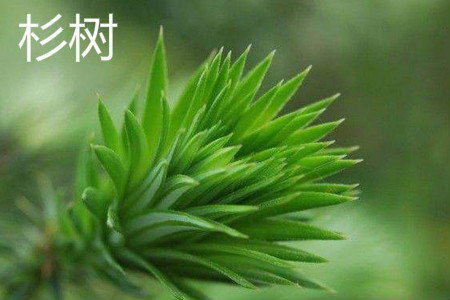
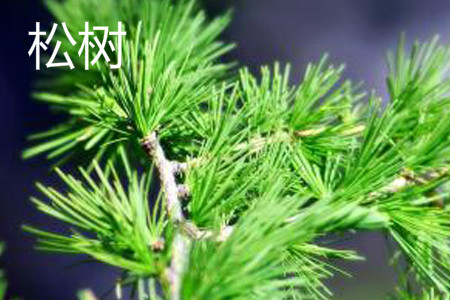
2、 The difference between flowers
The flowers of Cunninghamia lanceolata are unisexual and monoecious. Male flowers are small, sometimes solitary, sometimes panicle like, belonging to metasequoia. Female flowers are terminal or grow at the top of last year's branches, belonging to the genus Cunninghamia lanceolata. The male flowers of pine trees grow in the lower part of new branches and are usually aggregated. The female flower grows at the top of the new branch. After pollination in the same year, it will rapidly increase into cones in the second year
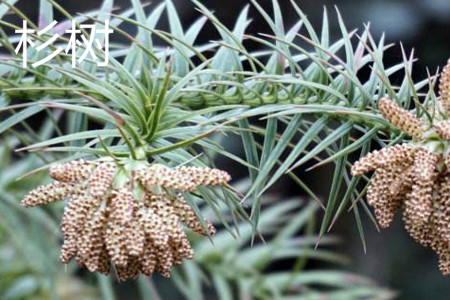
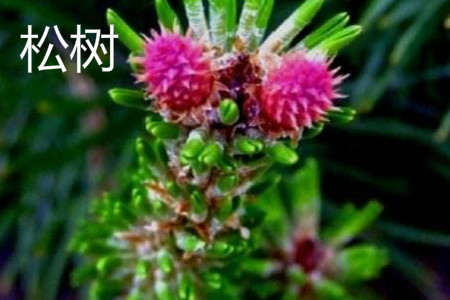
3、 Wood distinction
In addition to the shape, the wood of the two is also different. Cunninghamia lanceolata grows fast, especially in the south, and can become timber in a short time. Although the wood is light, it has good toughness. The growth rate of pine is relatively slow and the wood is harder. It contains rosin and the smell of turpentine
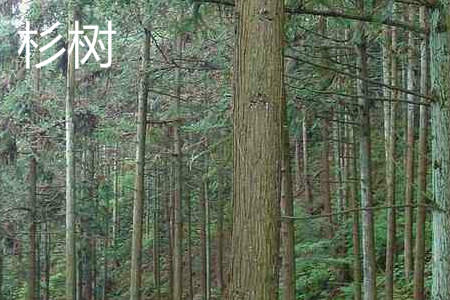
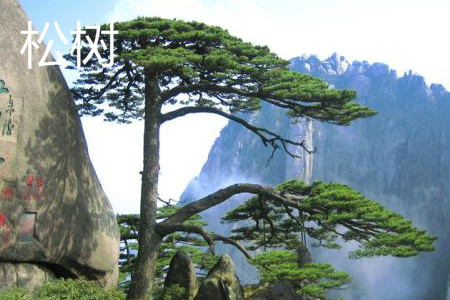

 jackfruit
jackfruit snake plant
snake plant hibiscus
hibiscus hydrangea
hydrangea lavender
lavender Green roses climb al...
Green roses climb al... If you don't pay att...
If you don't pay att... Management of four g...
Management of four g...
































